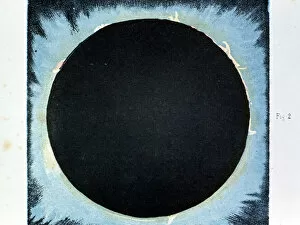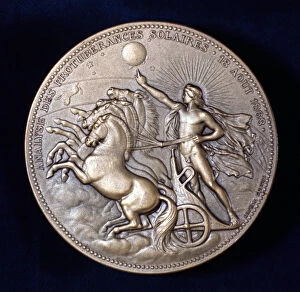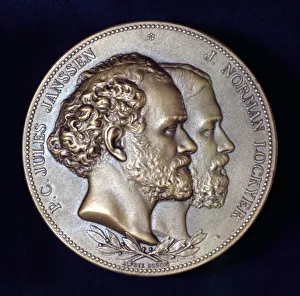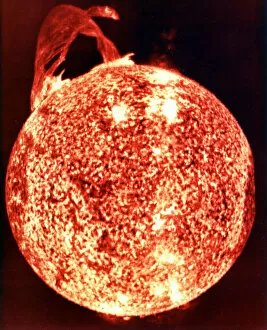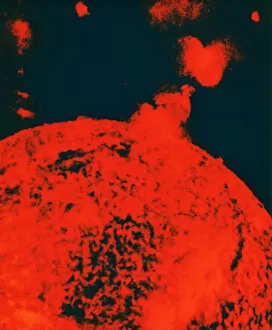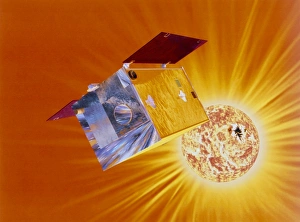Solar Astronomy Collection
"Solar Astronomy: Unveiling the Secrets of Our Sun's Spectacular Phenomena" From Carrington's flare to the mesmerizing solar corona and prominences observed in 1860
All Professionally Made to Order for Quick Shipping
"Solar Astronomy: Unveiling the Secrets of Our Sun's Spectacular Phenomena" From Carrington's flare to the mesmerizing solar corona and prominences observed in 1860, it has captivated scientists for centuries. Back in 1635, Christopher Scheiner illustrated his groundbreaking idea of the sun's surface, paving the way for further exploration. A medal commemorating Pierre Janssen and Norman Lockyer, French and English astronomers respectively, symbolizes their significant contributions to this field in 1868. The study of our closest star continued to evolve with advancements such as understanding the solar spectrum in 1814 and Joseph von Fraunhofer's pioneering work as a German physicist around c1895. Solar flares became a subject of fascination due to their intense energy release, leaving researchers awestruck by these explosive events. Rosa Ursina by Christopher Scheiner published in 1630 sheds light on half-title illustrations that showcased early attempts at comprehending the intricacies of our sun. Solar eruptions caught on camera revealed stunning X-ray images of solar flares that left us marveling at their beauty while also reminding us of their potential impact on Earth. In more recent times like 1973, detailed observations unveiled sunspots and solar prominences - providing valuable insights into our star's behavior. As we continue exploring this celestial body through innovative technologies and scientific breakthroughs, solar astronomy remains an ever-evolving discipline that holds endless wonders waiting to be discovered.


